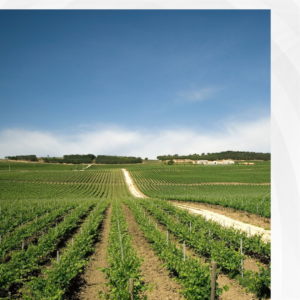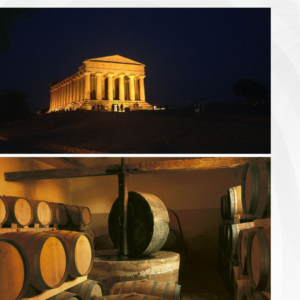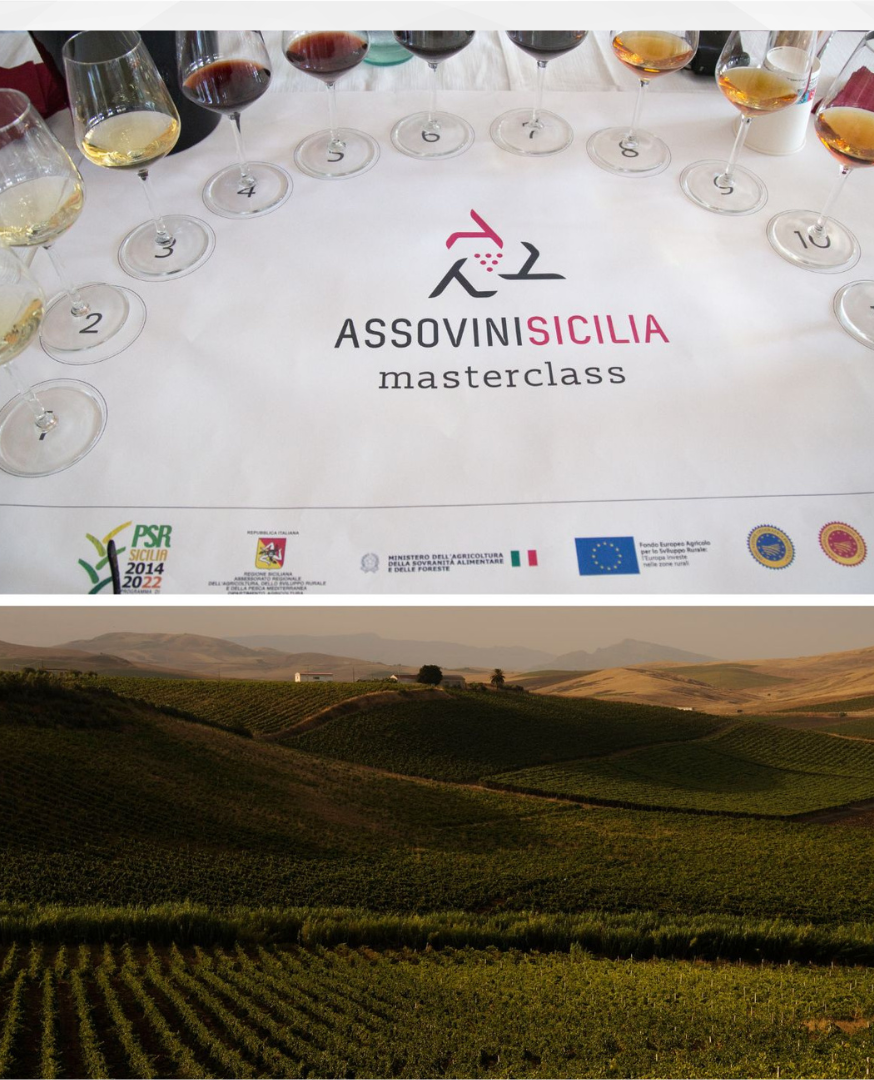A few weeks ago, one of Sicily’s highly anticipated wine events took place in the beautiful town of Taormina, one of Sicily’s main tourist destinations, on the slope of the tallest active volcano in Europe, Mount Etna or ‘A Muntagna’ as locals call it. Sicily En Primeur is an itinerant event created by the association Assovini Sicilia to introduce the wines of the most recent harvest and to highlight its member wineries as the “ambassadors and guardians of culture and territories.” Starting in 2004, this was the nineteenth edition of the event which was attended by over one hundred national and international accredited wine writers and included nine wine tours, eight hundred wines for tasting, sixty wineries and five masterclasses, hosted by Elizabeth Gabay, Master of Wine. Assovini Sicilia was founded in 1998 by Diego Planeta, Giacomo Rallo and Lucio Tasca d’Almerita. Their mission was to bring together a team of producers who shared a common goal: to raise awareness about the importance of Sicilian wine. Today the association strives to protect and strengthen its territorial identity by highlighting the cultural richness of the different terroirs as well as the stylistic interpretations of their winemakers.
The association presented its vision for Sicilian wine production, and its connection to tourism as a means to create unique wine experiences. The President of Assovini Sicilia, Laurent de la Gatinais, described Sicily as “a wine destination of excellence, the Napa Valley of the Mediterranean, because of its variety and quality of wine, beautiful landscapes, and unique historical and archaeological heritage.” The event also highlighted the fact that, in addition to wine tourism, the new generation of Sicilian winemakers is focusing on sustainability and the environment. Of the fifteen new producers, eleven of them are women. These dynamic young people have studied and worked outside Sicily to gain valuable skills in marketing, economics, and oenology. They share a passion for the history of their island and families, but also a strong desire to bring new ideas and innovation to Sicilian viticulture.

Layers of terroir, culture and history have created a truly unique territory
Sicily holds over 3,000 years of rich viticulture history. From the Greeks to the English, the island has been influenced by many civilizations but has managed to preserve a unique identity in its language, cuisine, and territory of wines without fully yielding to these outside influences. As a Mediterranean crossroads it has developed a rich culture that can be experienced through its architecture, cuisine, music, and art. Perhaps even more diverse, however, is its terroir and wine. In an hour you could be skiing on Mount Etna at 2,000 metres over lava and black volcanic soil, and then move to the shores of Catania to bask on the sandy beach. Other areas to the west and south are rich in limestone and clay. The island is the biggest in the Mediterranean and one of its most mountainous. This of course is reflected in the impressive variety of wine styles you can find here, from crisp, clean sparkling wines to full, deep reds and luscious fortified wines. Sicily has 1 DOCG (Cerasuolo di Vittoria), 23 DOC’s and 7 IGP’s.
The main grapes grown in Sicily are the white Grillo and black Nero d’Avola, together with the main grapes of Mt. Etna being: Nerello Mascalese and Carricante. Many local producers, including long-established families who planted international grapes like Cabernet, Chardonnay and Syrah 40 years ago, have now started to draw attention to lesser-known varieties like Nerello Cappuccio, Catarratto (named Lucido) Insolia, Zibibbo, Frappato and Perricone.

Made In Sicily: Wine tourism creates a cultural symbol of excellence
It is no surprise that the President of Assovini Sicilia compared Sicily to the Napa Valley. It is roughly at the same latitude, and for an island just slightly bigger than Massachusetts its total vine covered acreage is about 40% of that in California. In addition to the broad array of high-quality wines, it offers stunning scenery and a unique historical and architectural heritage. Some of the best-preserved antiquity sites are found across the island and are layered in with all the cultures that came after. One can visit Sicily’s largest Greek theatre in Taormina and in less than an hour be wine tasting on the slopes of Mt Etna, or visit Moorish influenced mosaics at a Normand cathedral in Palermo then spend the afternoon exploring the best Marsala wineries. Few places offer such rich experiences with wineries so well equipped to receive visitors. Among the members of Assovini Sicilia, almost all of them have a dedicated facility for wine tourism with a cellar for tastings and over half of them offer integrated experiences from cooking classes to wellness and wine tours that interact with the landscape and culture. The most popular wine experiences offered are sunset tastings, dinners in the vineyard and a chance to join the grape harvest. One third of these wineries also have lodging facilities where wine enthusiasts can fully immerse themselves in the terroir and team culture of the winery.
During the Sicily en Primeur some fantastic wines were presented, all of which were from the Etna region, where viticulture is still manually done on its steep slopes. With an average altitude of 800 metres, wines from Etna are vertical, sharp, and crisp. It’s no coincidence that the largest producer of sparkling wine from Southern Italy is based here which is Firriato, with a total production of 200K bottles per year.

